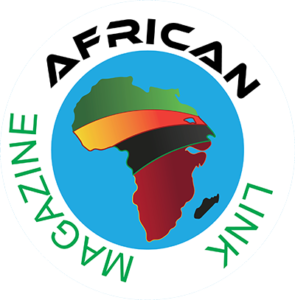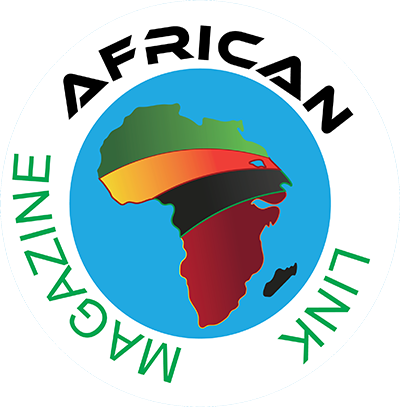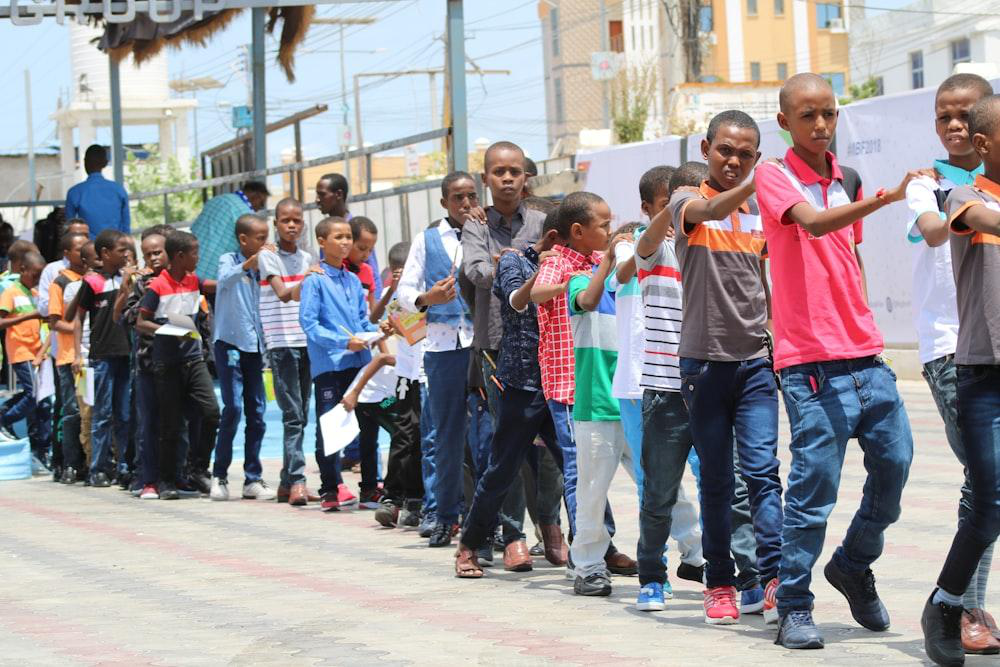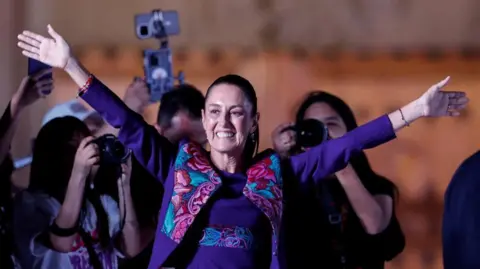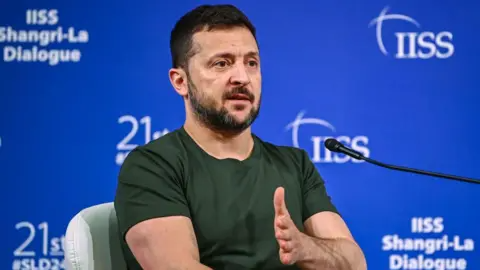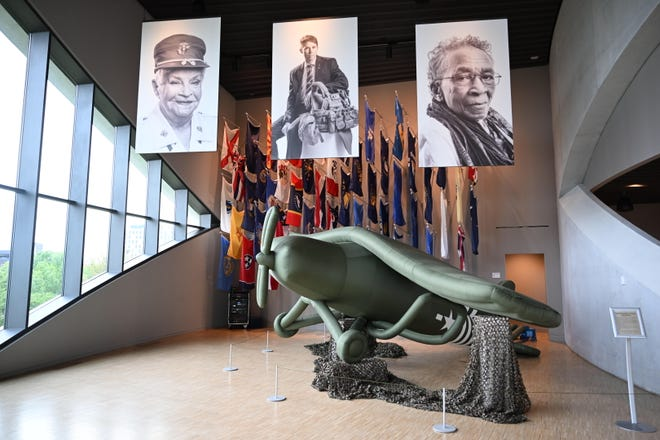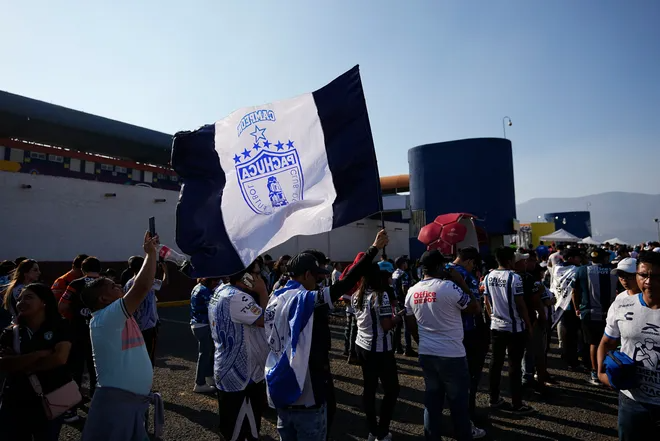The Somali Democratic Republic, commonly known as Somalia, is located in northeast Africa. It currently has a population of 16.4 million people. Of that population, many young Somalians have struggled to receive a proper education, even at the primary level.
However, awareness and assistance are becoming more widespread. Many are helping Somalian children gain access to better educational opportunities to ensure a better quality of life.
Listed below are eight facts about education in Somalia. By getting to know the current status of Somalian education and its origins, the country can make more progress to improve the educational climate for Somalian children.
8 Facts About Education in Somalia
- The educational system in Somalia consists of five phases: primary (grades one to four), middle (grades five to eight), secondary (grades nine to 12), technical (ages 15 to 18) and tertiary (higher education).
- A primary cause of the lack of educational resources in Somalia is due to the civil war that broke out in 1991. This directly impacted the educational system in the country, leaving many students displaced from the classroom. Further, many teachers are uncertified for their job, even over two decades later.
- Historically, Somali people have learned by word rather than written language. For many years, the Somali language had no script. Eventually, the adoption and acceptance of the Latin script occurred in Jan. 1972, following the recommendation.
- Compared to other countries, Somalia has one of the lowest enrollment rates of primary school students. Elementary school-aged children make up roughly 1.5 million of Somalia’s population. However, only 42 percent attend school.
- Funding for primary education efforts is in progress. On October 11, 2019, the United States Agency for International Development announced that $50 million will be going towards reforming and improving the Somalian education system. USAID will create a five-year program to “increase access to quality education and support accelerated learning for out-of-school children and youth who have been persistently left behind,” states the U.S. Embassy in Mogadishu, Somalia.
- Since Aug. 2019, as many as two million new textbooks have been printed in efforts toward the new Bar Ama Baro system (meaning Teach and Learn in Somalian). These new books cover topics that are relevant to Somalian life and culture, such as the English and Arabic languages, mathematics, Islamic studies and science.
- Somalia’s education funding from foreign powers does not only rely on the United States. Khaled Al-Jarallah of The Deputy Foreign Minister of Kuwait, located in western Asia, also recently announced that he will be holding a conference to help fund the new Somalian education system.
- Somalian teachers have responded positively to the implementation of the new system. Teacher, Abdulkadir Mohamed Sheikh, has praised the new curriculum for its ability to be centered around Somalian religion and culture.
These eight facts about education in Somalia show that U.S. international powers and the Somalian government are making substantial efforts for the current and future generations of Somalian children. Providing them with better education will assist in reducing the existing level of poverty in the country. Additionally, it will also allow the Somalian people to achieve and enjoy a higher quality of life.
– A. O’Shea
